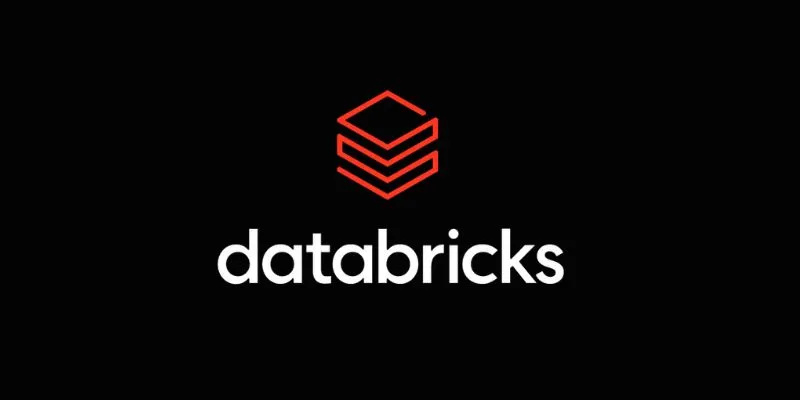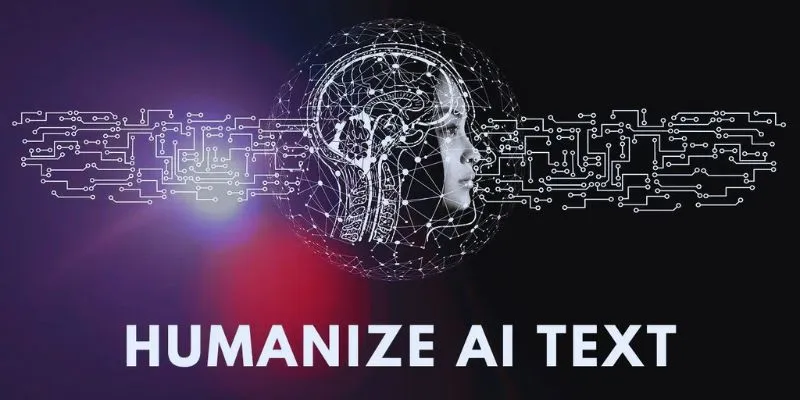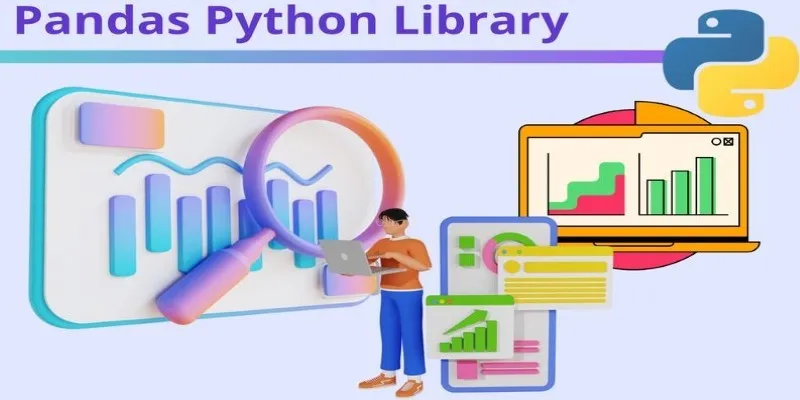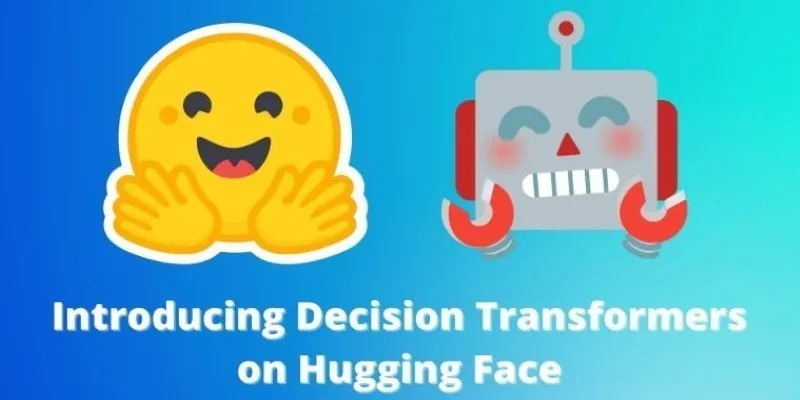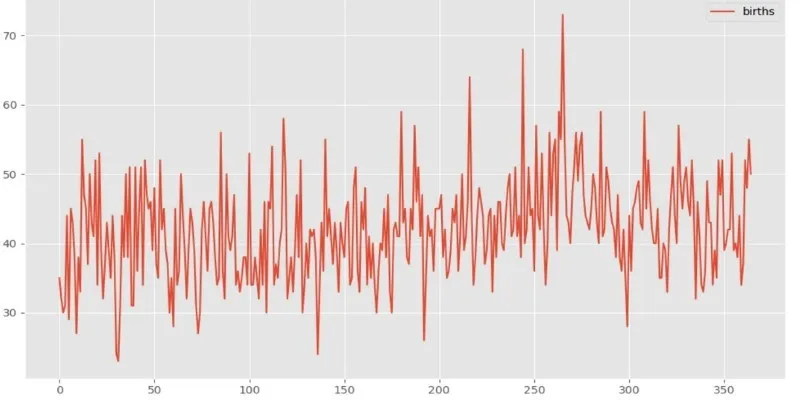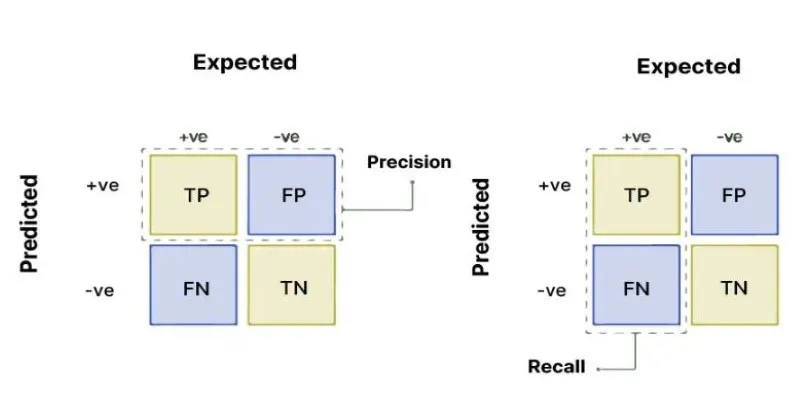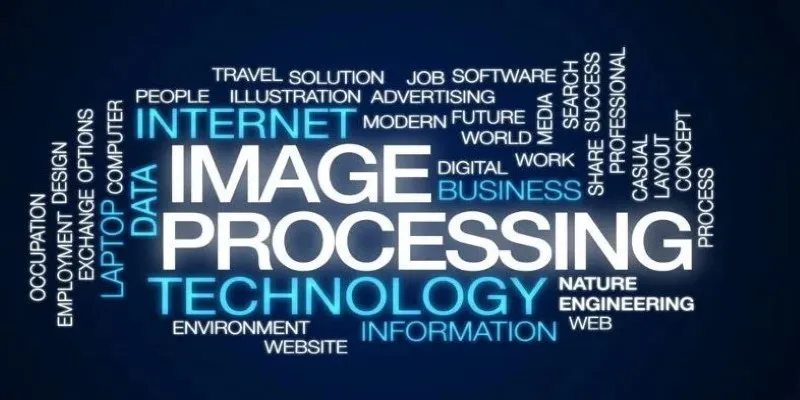The way machines understand text has come a long way from the days of basic keyword counting. Now, we live in a time where models can read, interpret, and even sense subtle meanings in language. Among these modern tools, BERT—short for Bidirectional Encoder Representations from Transformers—has reshaped how we approach text analysis.
What makes this even more exciting is its impact on topic modeling, a field that used to rely on statistical tricks but is now driven by deep understanding. This shift isn’t just technical; it’s reshaping how researchers, businesses, and developers make sense of vast oceans of text.
Why Did Traditional Topic Modeling Fall Short?
Before BERT entered the scene, topic modeling leaned on models like Latent Dirichlet Allocation (LDA). While useful, these approaches relied on word co-occurrence patterns without grasping meaning. LDA, for example, assigns words to topics based on how often they appear near each other, assuming similar words tend to appear in similar contexts. But language isn’t always neat. Consider the word “bank”—is it a riverbank or a financial institution? LDA treats words as isolated symbols, not context-driven entities.
Moreover, traditional methods assume topics are static and context-free. This limits their ability to adapt to evolving language trends, slang, or shifting themes over time. They also tend to struggle with short texts—tweets, comments, or brief messages—because there’s just not enough data in a single sentence to infer a topic with confidence. These constraints left researchers with a gap between what was possible and what was needed.
How Does BERT Change the Game?
BERT doesn’t read text left to right or right to left—it reads it both ways at once. That sounds simple, but it’s a revolution in natural language understanding. By processing the full context of a word, BERT can disambiguate meanings and pick up on subtleties that statistical models miss, making it incredibly powerful for topic modeling.

Instead of just looking at frequency, BERT-based topic modeling techniques work by embedding entire sentences or documents into high-dimensional space. In this space, texts with similar meanings cluster together—even if they don’t share many words. That means the model can detect shared topics not by counting but by understanding.
One of the standout methods that combine BERT with clustering is BERTopic. This approach starts by generating embeddings using BERT. Then, it reduces these embeddings to a more manageable size using dimensionality reduction tools, such as UMAP (Uniform Manifold Approximation and Projection). Once the data is in this reduced space, a clustering algorithm like HDBSCAN is applied to group similar embeddings. The result? Highly coherent, semantically meaningful topics that don’t rely on repetitive keywords.
These clusters are not just more accurate—they’re also more flexible. They can handle overlapping topics, detect outliers, and adapt to new types of language without retraining from scratch. That’s a huge leap forward for anyone working with unstructured data at scale.
Real-World Applications of Trendy Topic Modeling
The reason trendy topic modeling is getting attention isn’t just because it sounds cool. It’s because it solves real problems better than ever before. Businesses use it to sift through customer feedback and find what people are actually talking about, not just what words they’re using. Social scientists rely on it to uncover hidden narratives in forums, publications, or social media without human bias creeping in. Journalists and analysts use it to track how conversations evolve in real-time across different media platforms.
Let’s say a product team wants to know what users think of a new app update. Traditional models might spit out topics like performance, design, or bugs. But BERT-based modeling can go deeper. It can pick up subtle shifts, such as users appreciating a “cleaner interface” but finding “settings hard to locate.” It identifies themes that matter without requiring users to phrase their feedback in a specific way.
In another case, public policy researchers studying discourse around climate change might use BERT to detect how concerns are expressed differently across communities. One group might focus on environmental justice, while another centers on economic risks. These nuances would be buried under broad labels in older models but rise to the surface with contextual embeddings.
Academic fields like digital humanities are also getting a boost. Researchers analyzing centuries of literature can uncover evolving sentiments, emerging ideas, or authorial intent—all with minimal manual tagging. The power to process large archives and still extract coherent, meaningful themes opens up new dimensions of exploration.
Challenges and the Road Ahead
Despite the leap in capabilities, BERT-based topic modeling isn’t without hurdles. First, there’s the issue of computational cost. Generating embeddings for large datasets using BERT is resource-intensive, requiring GPUs, memory, and time—not always practical for smaller teams or real-time use.

Second, while these models are good at finding semantic relationships, they can be too abstract. The topics they produce may require interpretation, especially when they don’t align with clear labels. Unlike LDA, which outputs a few high-frequency words per topic, BERTopic might group phrases in a way that’s accurate but hard to summarize.
Interpretability is another concern when models make decisions based on embeddings that aren’t always visible or understandable to humans. This raises broader questions about transparency and trust in AI. Users may want to know why certain text was classified under a theme, and with BERT, explaining those choices isn’t always easy.
Still, new tools and strategies are emerging to make these models more accessible. Techniques like topic reduction, dynamic topic evolution, and interactive visualizations are helping bridge the gap between strong algorithms and human insight. As these tools mature, they’ll make it easier for everyday analysts—not just machine learning engineers—to use contextual modeling effectively.
Conclusion
Topic modeling has evolved from basic pattern matching to context-aware analysis. With BERT at the core, models now grasp nuance and meaning beyond keywords. This shift offers a sharper view of human expression and deeper insights from text. While challenges like scalability and interpretability persist, the approach marks a clear shift in how we analyze language. It’s not just improved analytics—it’s a rethinking of what understanding text can mean.
 zfn9
zfn9
